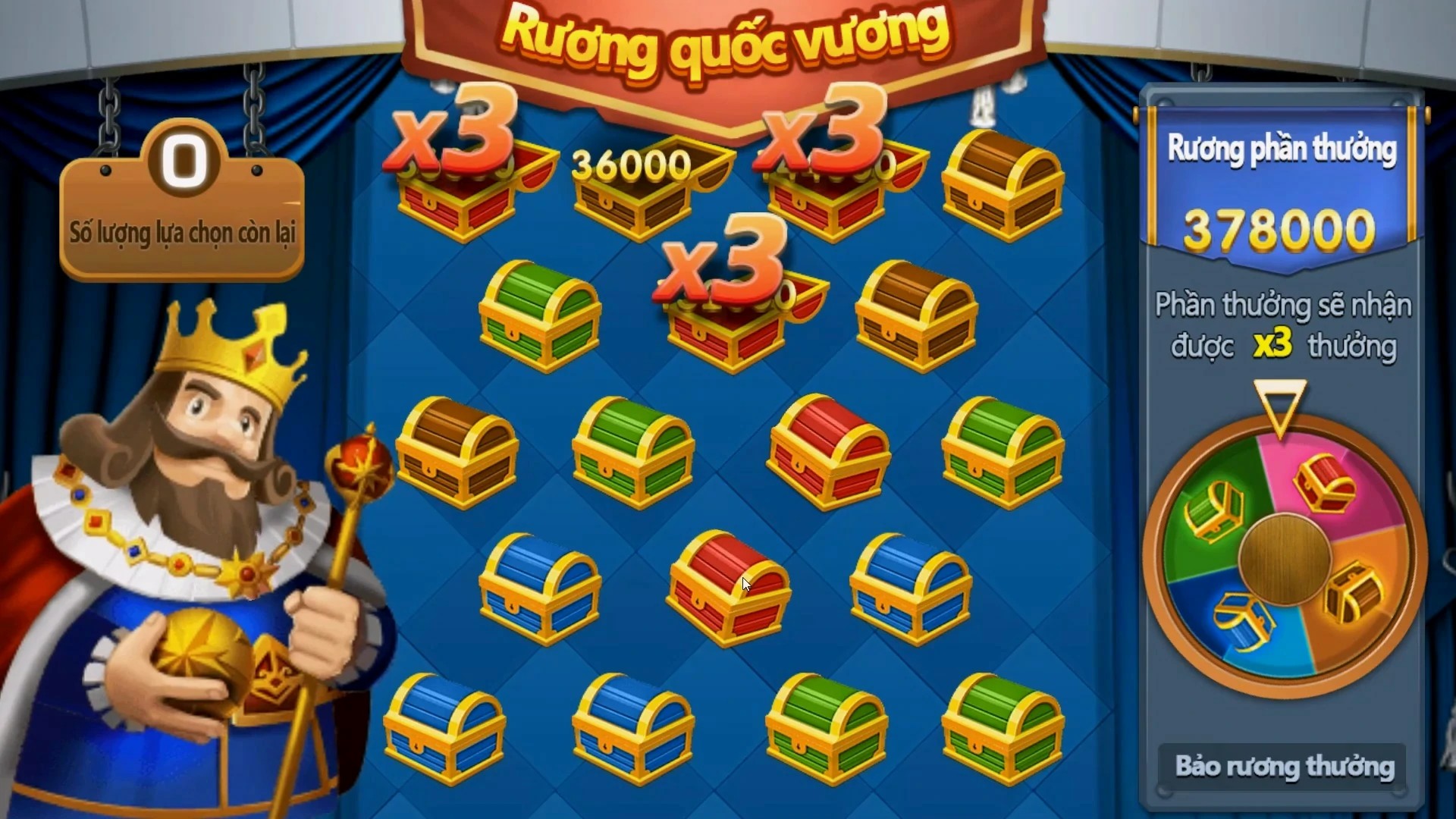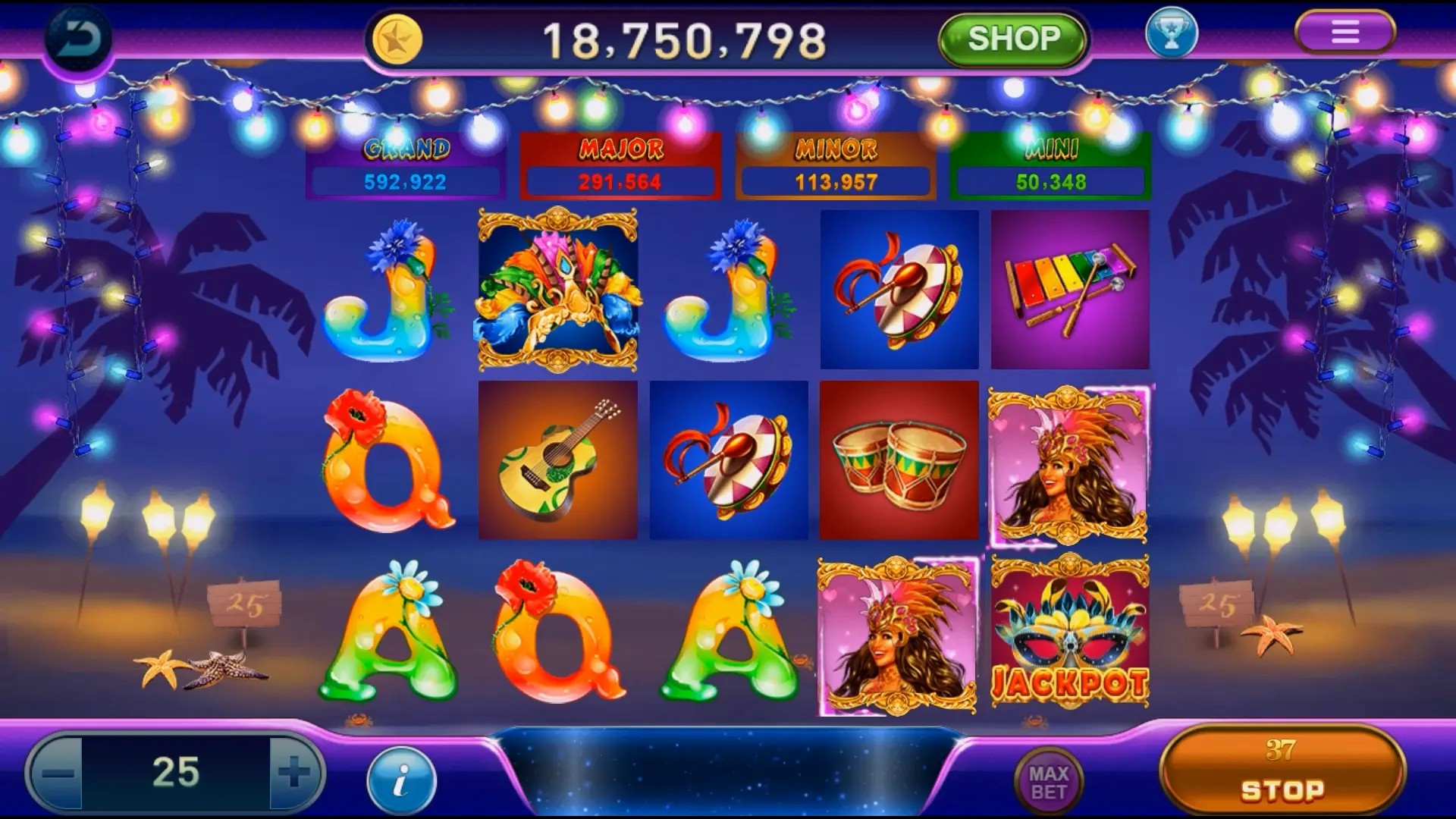The Casual RPG Phenomenon: Redefining Gaming for a New Generation
RPGs, or role-playing games, were once known for their long, intricate stories that demanded hours—sometimes even days—of dedicated gameplay. Titles like *Final Fantasy* or *Dragon Quest* required players to commit deeply to their complex lore and systems. But with casual games making massive inroads into the mainstream, developers have rethought what an RPG can be. Casual playstation story mode games offer bite-sized narrative experiences that let gamers dive in and out without burning out—a shift raking in new audiences and reviving the genre as we know it.
- Faster pacing
- Streamlined mechanics
- Easily digestible quests
In fact, one of the big surprises in gaming lately has been how effectively casual RPG elements hook players who wouldn’t traditionally go for turn-based fights or character trees.
The Allure of Bite-Sized Narratives
Gaming is no longer restricted to niche groups. Today, it’s embedded in modern digital culture across age groups and professions—including busy moms in Buenos Aires and remote workers across Santiago. What casual rpgs bring to the table is a kind of freedom:
| Feature | Casual RPGs | Traditional RPGs |
|---|---|---|
| Session Duration | 15 - 30 min blocks | 60 - 120+ mins per chapter |
| Story Engagement | Pick-up-and-play episodics | Deep plotlines over dozens of hrs |
Unlike their more intense predecessors (which include those acclaimed 3ds rpgs with sprawling side-quests), mobile-first RPGs today cater to a global lifestyle shaped by fragmented screen time and multi-tasking.
- Average sessions are less than half as long
- Narratives focus on core characters over sprawling factions
- User progress saved frequently via auto-suspend
Titles such as Better Late Than Necro, or story-mode based adventures for PlayStation Vita remasters, show how much depth you can achieve without demanding entire weekends.
The Mobile Edge: Accessibility Over Hardware Constraints
The beauty of a modern RPG? You no longer need high-tier gear or fast internet; all it takes is a decent phone and a free lunch hour
Casual games thrive on simplicity—so naturally, they’ve exploded across smartphone platforms where traditional RPG mechanics would likely bog players down. Argentina, like many nations across LATAM, is seeing growth not because people lack access to PS4s or Xboxes... rather, because they’re choosing convenience where it counts most.
New Players, Old Lore: Making Role-Playing Inclusive
There was a time when RPGs felt locked behind walls—literally and figuratively—for anyone unfamiliar with fantasy epics or tabletop roots. However, today's crop is taking a different route. The inclusion of intuitive controls, contextual hints, & optional worldbuilding guides lowers entry points without compromising creativity.
Harnessing Storytelling in Short Spans
Making sure emotional arcs aren't lost in the pursuit of accessibility requires a careful balancing act. Some developers now deploy modular sessions, letting each mini-story conclude independently while contributing subtly to a broader overarching mythos. That means a farmer helping villages in-game during their 22 minute break, then coming back two weeks later picking up seamlessly.
The Cultural Relevance in Latin America
Especially in Spanish-speaking nations like Argentina and Peru, local narratives and myths integrated into RPG design have struck emotional chords among regional audiences. Unlike western-made rpgs that rely heavily on euro-centric tropes, these tailored adaptations provide fresh storytelling flavors without losing touchstones common among classic rpg genres:
- Mix of real world traditions within fantasy worlds
- Built-in translation layers for international editions
- Community sharing of story mods through fan edits
Conclusion: Where the Road Takes Us Next
What started as short, light games meant just to tide users between serious titles has become something deeper—rich, evolving, and emotionally resonant despite lower barrier entry points. Whether you prefer your rpg experiences on handheld units like nintendo 3ds games, through browser ports for PC consoles like PlayStation story-based series, or direct through iOS apps on break—this trend seems solidly grounded, here to grow further.



